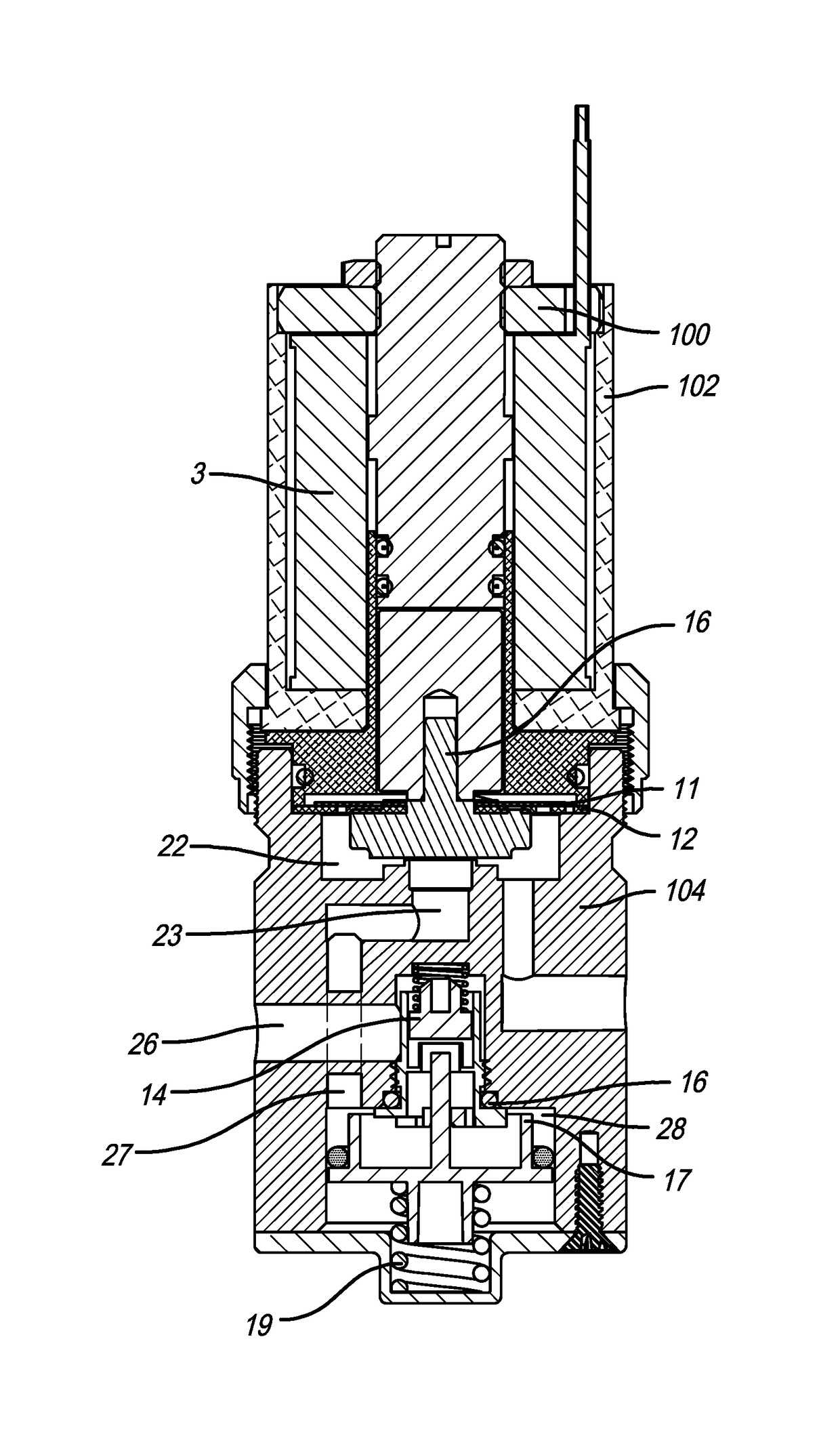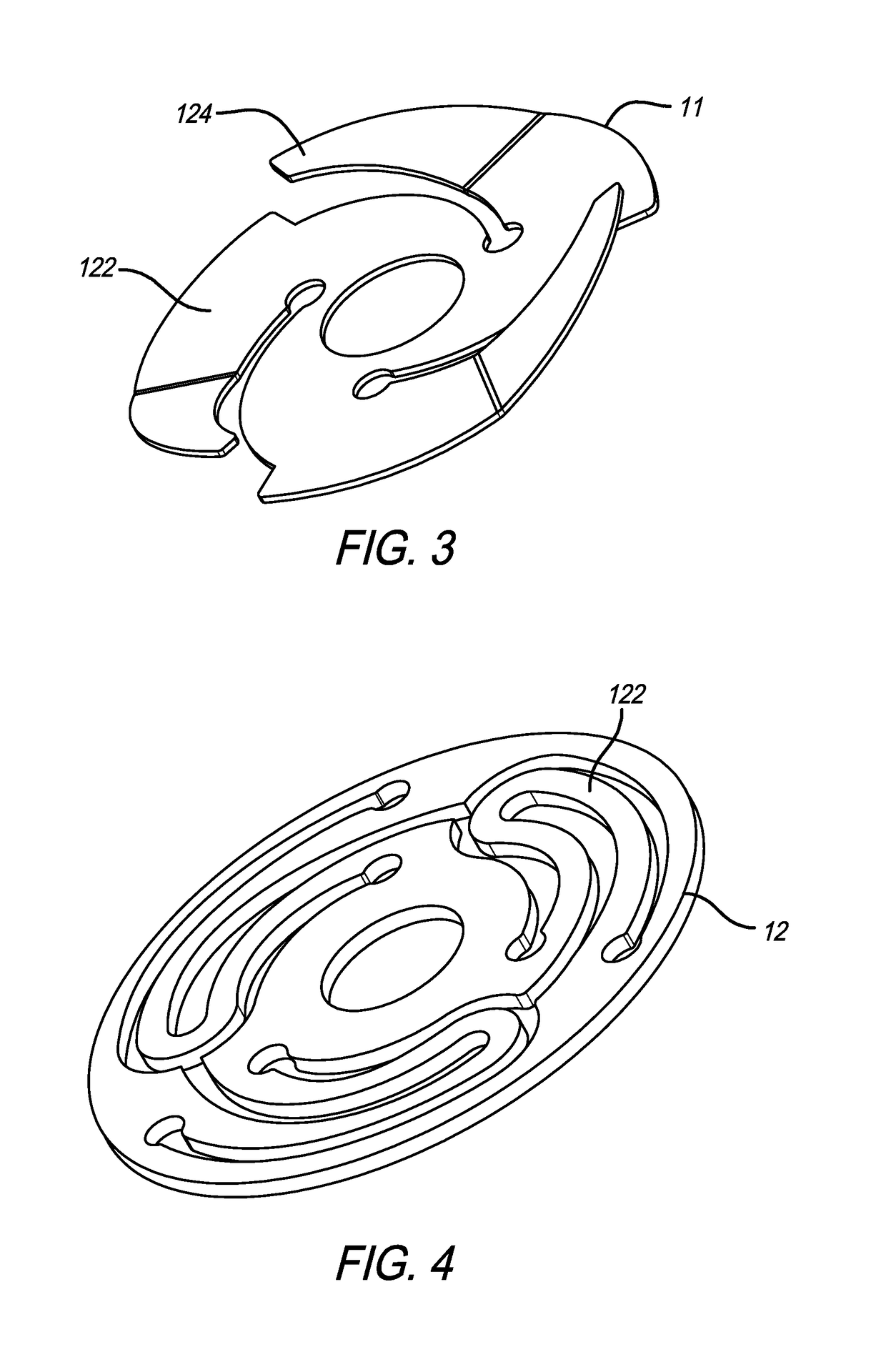Dual spring flow control valve
a flow control valve and spring technology, applied in the direction of valve operating means/release devices, process and machine control, instruments, etc., can solve the problems the valve percentage of error for the full scale of the valve may be too large, and the application of low flow imprecision can be too problematic, so as to improve the valve actuation, improve the turndown ratio, and improve the effect of the valve actuation
- Summary
- Abstract
- Description
- Claims
- Application Information
AI Technical Summary
Benefits of technology
Problems solved by technology
Method used
Image
Examples
Embodiment Construction
[0017]The best mode for carrying out the invention is presented in terms of its preferred embodiment, herein depicted within the Figures. Further for purposes of the present application and for convenience, certain terms employed in the specification, examples, and appended claims are collected here. Unless defined otherwise, all technical and scientific terms used herein have the same meaning as commonly understood by one of ordinary skill in the art to which this invention belongs.
[0018]The articles “a” and “an” are used herein to refer to one or to more than one (i.e., to at least one) of the grammatical object of the article. By way of example, “an element” means one element or more than one element.
[0019]The terms “comprise,”“comprising,”“include,”“including,”“have,” and “having” are used in the inclusive, open sense, meaning that additional elements may be included. The terms “such as”, “e.g.”, as used herein are non-limiting and are for illustrative purposes only. “Including”...
PUM
 Login to View More
Login to View More Abstract
Description
Claims
Application Information
 Login to View More
Login to View More - R&D
- Intellectual Property
- Life Sciences
- Materials
- Tech Scout
- Unparalleled Data Quality
- Higher Quality Content
- 60% Fewer Hallucinations
Browse by: Latest US Patents, China's latest patents, Technical Efficacy Thesaurus, Application Domain, Technology Topic, Popular Technical Reports.
© 2025 PatSnap. All rights reserved.Legal|Privacy policy|Modern Slavery Act Transparency Statement|Sitemap|About US| Contact US: help@patsnap.com



